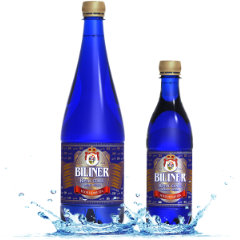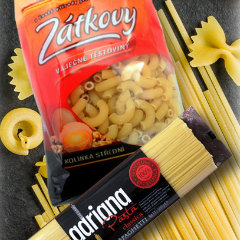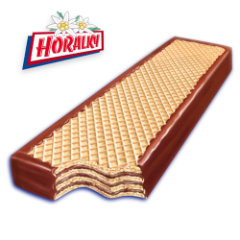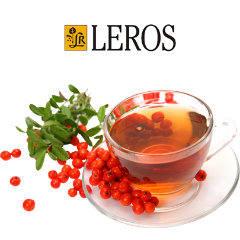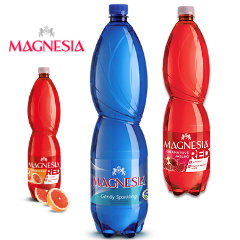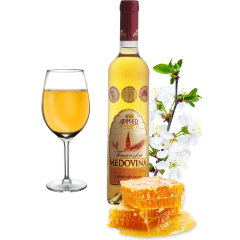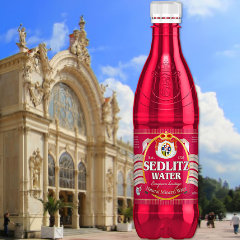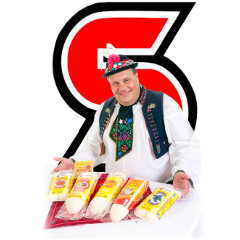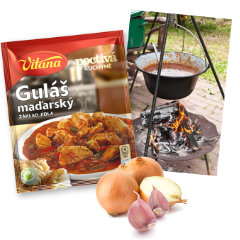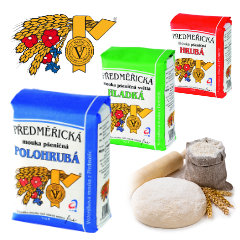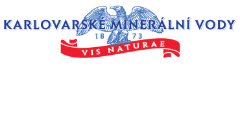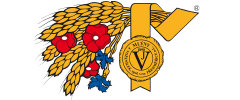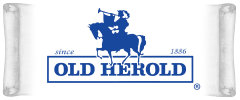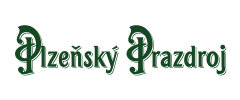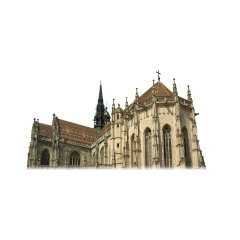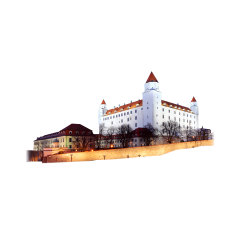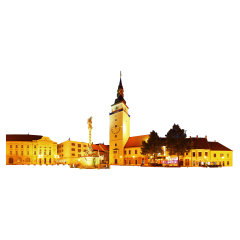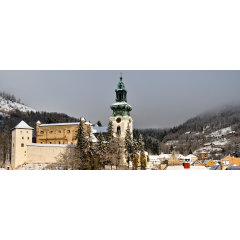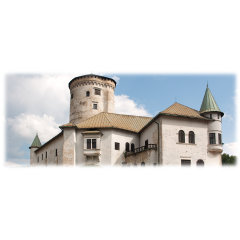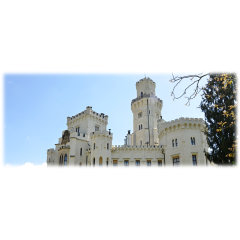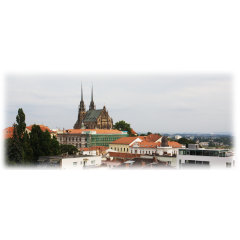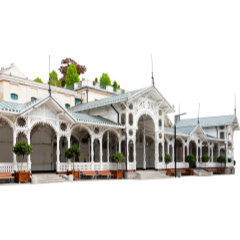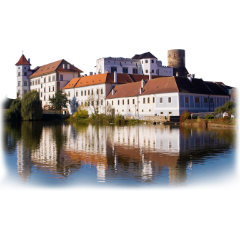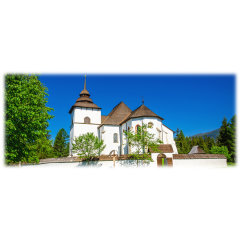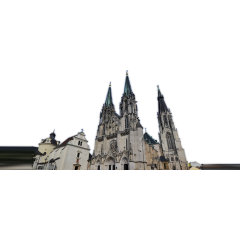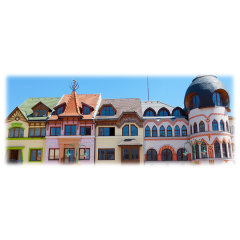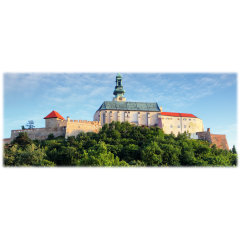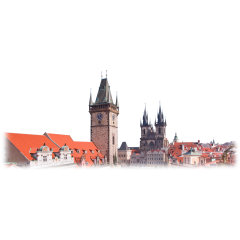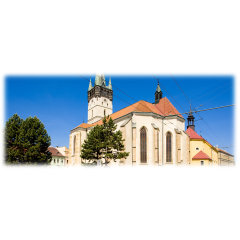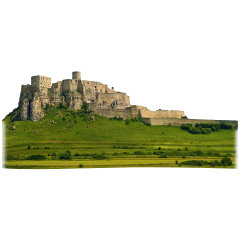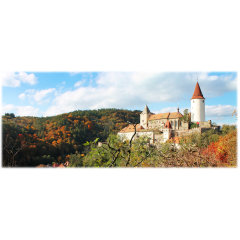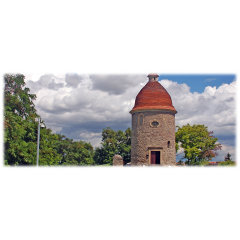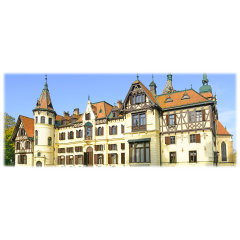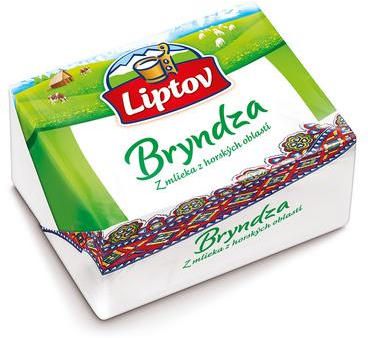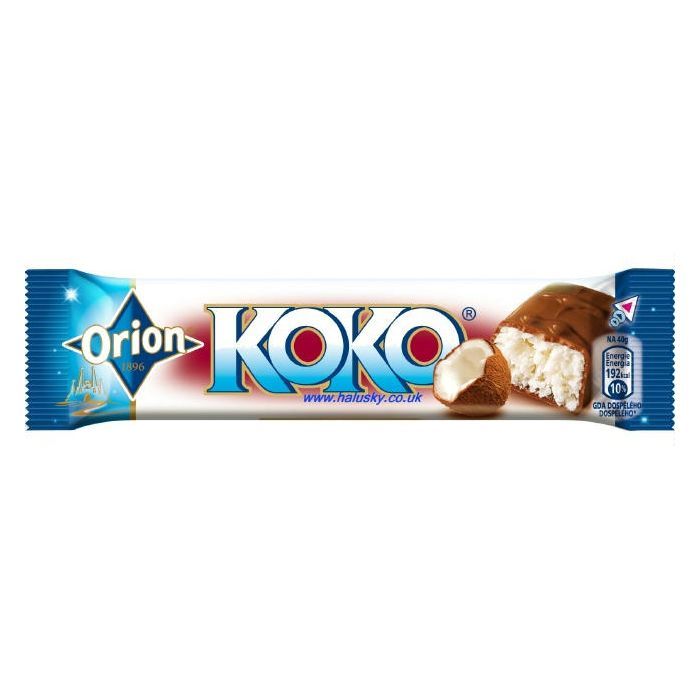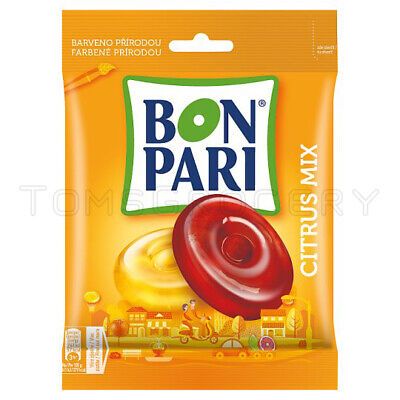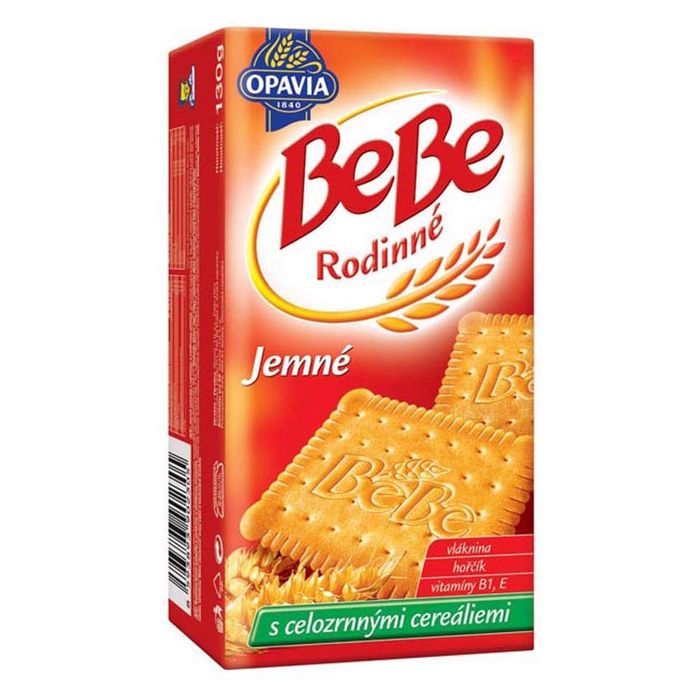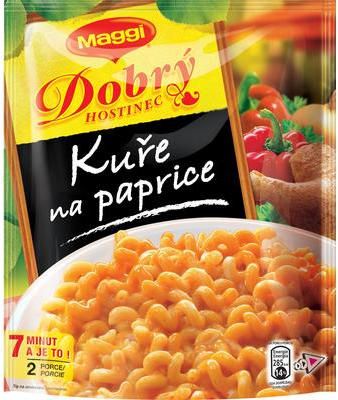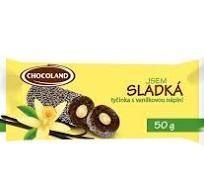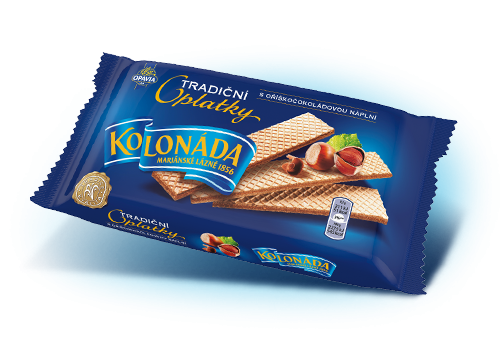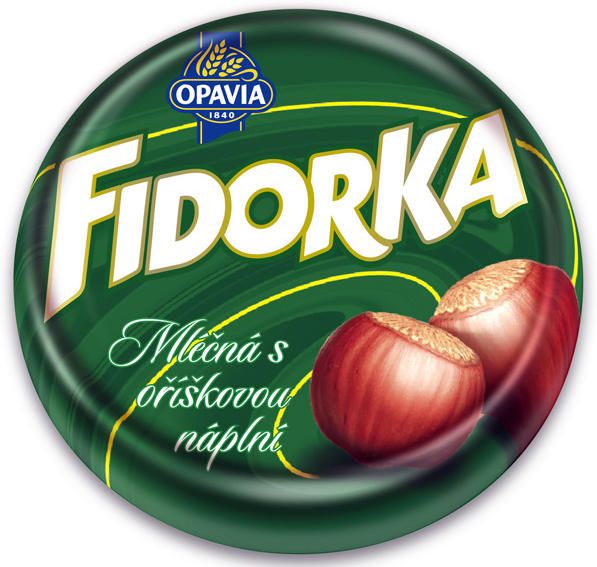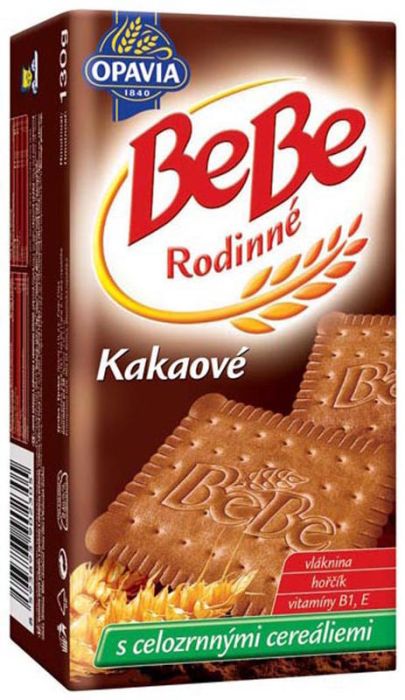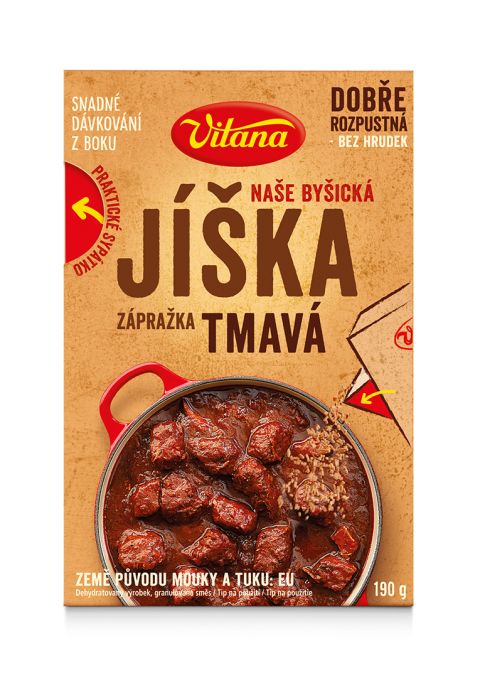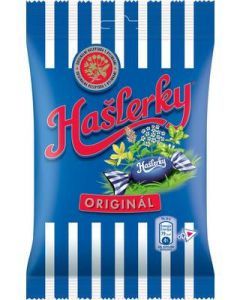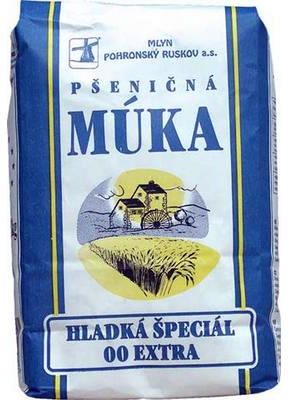Prague
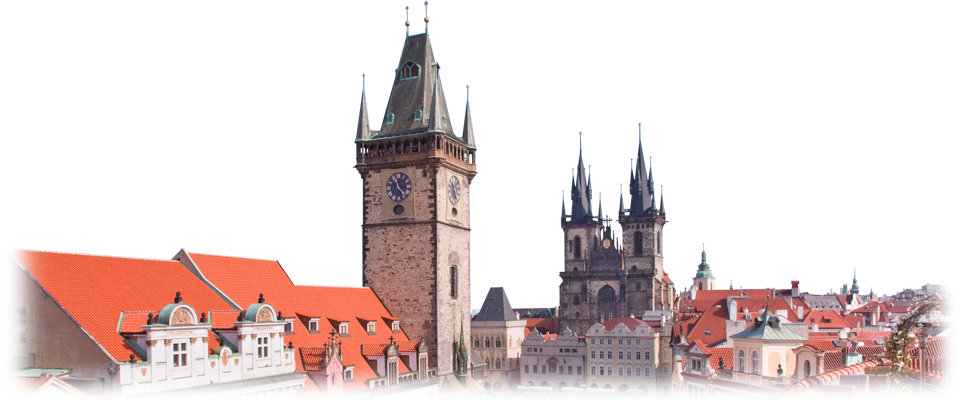
About Prague
Prague region is higher territorial administrative unit in central Bohemia. The region is mainly composed of Prague plateau. The core of the city is the historic district (part of the World Heritage Site ), which is surrounded by old industrial and residential neighborhoods and different types of settlement. Prague is fourteenth-largest city in the European Union and also the historical capital of Bohemia. Even the furthest corners of Central Bohemia are a mere hour’s journey from Prague. In sight of Prague, a varied region spreads out, in which rivers wind through deep valleys, bordered by deep forests. What should you definitely see? Two of the most popular destinations are the castle of Emperor Charles IV Karlštejn and Kutná Hora, a town that is listed as a UNESCO monument. Get acquainted with the last of the Habsburgs at Konopiště Chateau and wander through several types of maze and labyrinth in the park around Loučeň Chateau. Karlštejn Castle holds an absolutely exceptional position among Czech castles. It was established by the Czech king and Roman emperor Charles IV as a place to store the royal treasures, collections of holy relics and the crown jewels. Part of the Prague metropolitan area are also Kladno, Kutna Hora, Kolin, Kralupy nad Vlatavou, Mlada Boleslav, Nymburk. The bone chapel, cathedral, and mine tour are the highlights of Kutná Hora but there’re other impressive churches, lovely back streets and lanes to wander around and Europe’s only Museum of Alchemy. Kutná Hora’s wealth and renown were built on mining. Legend has it that when a lazy monk named Anton woke up from a nap in the monastery orchard, he discovered three pieces of silver protruding from the ground near his face, and laid down his robe (‘Kutna’, in Czech) to mark the place. When the monks investigated further they found that the three pieces of silver were the tip of the iceberg and Kutná Hora’s days as the richest silver mine in the Kingdom of Bohemia began.
History
Prague was founded on the cross-roads of ancient trade routes at a site where the most varied spiritual and cultural currents merged. Prague has been a political, cultural, and economic centre of central Europe with waxing and waning fortunes during its 1,100-year existence. Founded during the Romanesque and flourishing by the Gothic and Renaissance eras, Prague was not only the capital of the Czech state, but also the seat of two Holy Roman Emperors and thus also the capital of the Holy Roman Empire. It was an important city to the Habsburg Monarchy and its Austro-Hungarian Empire and after World War I became the capital of Czechoslovakia. The city played major roles in the Protestant Reformation, the Thirty Years' War, and in 20th-century history, during both World Wars and the post-war Communist era. Nearby Kutna Hora town began in 1142 with the settlement of the first Cistercian monastery in Bohemia. By 1260 German miners began to mine for silver in the mountain region, which they named Kuttenberg, and which was part of the Cistercian monastery property. The territory greatly advanced due to the silver mines which gained importance during the economic boom of the 13th century.
City to know about
PRAGUE - the capital of the Czech Republic, has always played an important role in the history of the country and Europe. Since the Middle Ages Prague has been famous as one of the most beautiful cities of the world and has been attributed adjectives such as “golden“, “hundred-spired“, “the crown of the world“. Prague, similar to Rome built on seven hills, was built on nine hills along the Vltava river, which flows through the city for a distance of 31 km and forms a perfect unit with the city. The dominant features of the city architecture are reflected in the river: towers, church spires and cupolas, palaces and town houses, along with the greenery of gardens, parks and islands.The history of the city begins with the founding of Prague Castle in the 9th century. Of the original stone buildings in pre-Romanesque style, a basilica remains from the second half of the 10th century, and forms the core of St George´s church. At the time of the founding of the Old Town of Prague at the beginning of the 13th century, the Romanesque style began to be replaced with the Gothic; the oldest structure in this style is the Convent of St Agnes of Bohemia or the Old-New Synagogue, while St Vitus Cathedral, Charles Bridge, the Church of Our Lady before Týn etc. are examples of the prime of this style. The greatest flourishing of the Czech state occured at this time, which will eternally be connected with the monarch Charles IV, who founded the famous Charles University in 1348, the first university in Central Europe.Nowadays, Prague is an important European city that attracts visitors not only by the abundance of architectural gems the generations of our ancestors left us. It is a place where cultural, social and political events of international importance are held as well as a popular destination for trade fairs and congresses. It would be a inexcusable mistake to be in Prague and not to taste the combination of typical Czech meal and couple of good Czech beers.
Nature
The region is divided into two landscape types. The north-eastern part is formed by Polabí lowlands with a high share of land being used for agricultural purposes and deciduous (especially pine) forests. The south-western part of the region is hilly with coniferous and mixed forests. Important rivers in the region are Elbe, Vltava, Berounka, Jizera and Sázava. On Vltava river, a serie of nine dams (Czech: Vltavská kaskáda) were constructed throughout the 20th century. The highest share of the agricultural land can be found in Polabí, especially in Kolín and Nymburk districts. There is a number of landscape parks located in the region. Křivoklátsko is the largest and most important landscape park in the region, being at the same time a UNESCO Biosphere Reservation. Located a mere 30km from Prague, the Koněprusy Caves aren’t just the longest known cave system in Bohemia, they’re also steeped in many myths and legend. This is a landscape of spectacular precipices, bottomless canyons and vertical cliffs, beneath which lurks a fascinating world of caves with marvellous dripstone decoration. Slapy Water Reservoir forms part of the Vltava Cascade water management system. This popular leisure resort area lies about 30 km south of Prague. Visitors have at their disposal a large number of camps, hotels and guesthouses and can set out into the beautiful surrounding countryside for hiking or cycle tours. Tourists can hire boats, pedalos, motorboats or yachts, try their luck at fishing or go on a cruise. Take to the water and navigate a 113 km-long stretch of the Vltava leading through the beautiful scenery of the middle Vltava basin, starting at the Slapy Reservoir and finishing at Týn nad Vltavou.



